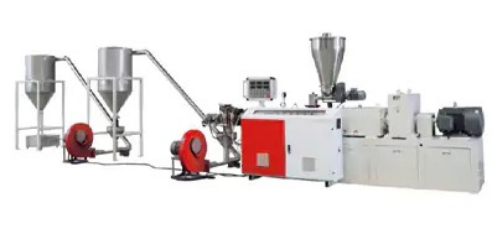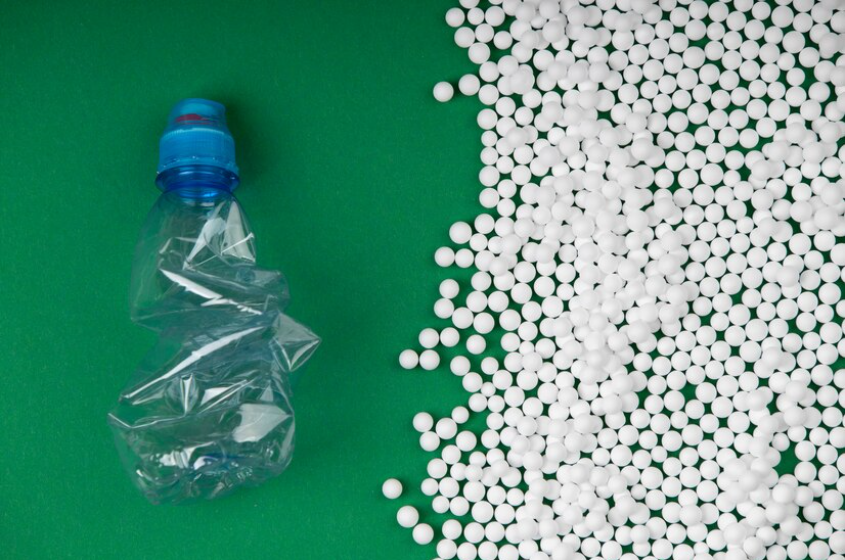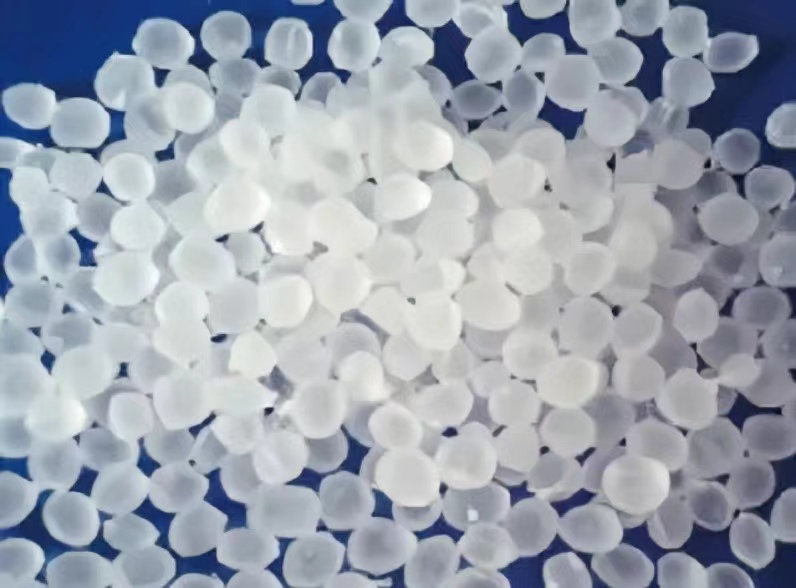What is a granulator? Plastic granulators convert plastic materials into smaller, homogeneous granules for easier recycling. Their closed-loop technology cuts waste while reintegrating rejected material into production. Plus, their capacity to handle many plastic types indicates their value in refining recycling operations and helping to manufacture resource conservation and sustainability. Meanwhile, according to Stratistics MRC, the worldwide plastic granulator machines industry will reach $1.93 billion by 2030 at a CAGR of 7.9% from $1.14 billion in 2023.

Common Materials Processed by Plastic Granulator Machines
Plastic granulators process several polymers in recycling and manufacturing. They mainly process thermoplastics like PE, PP, PS, and PVC and engineering plastics like PC, PET, and ABS. Each material has different melting points, abrasiveness, and flexibility, which the granulator must account for to reduce plastic to smaller, homogeneous particles for processing or recycling.

(Copyright photo from https://www.freepik.com/free-photo/sustainable-development-goals-still-life_38687431.htm#fromView=search&page=1&position=3&uuid=1d1f2618-d618-49cb-ab19-24dbc01515c8)
How Plastic Granulators Work
Most granulation machine consists of a conical-shaped twin screw extruder, a mold for hot cutting, and an air cooling system. It uses mechanical methods to break big plastic particles into tiny grains. Plastic waste enters the granulator’s cutting chamber and meets a high-speed rotor-mounted knife. A fixed bed knife and this rotor shear plastic. Granule size depends on the granulator screen size. Smaller hole diameters yield finer particles, and vice versa.
Benefits of Using a Granulator for Plastic Recycling
1. Environmental Benefits
According to statistics, more than 350 million metric tons of plastic waste are produced yearly. Using a plastic granulator lowers plastic waste while transforming it into granules that may be turned into new items. This methodology decreases landfill use and virgin plastic manufacture, which minimizes resource extraction and energy use. For example, granulating PET bottles into polyester fibers for clothes or containers supports a circular economy. In addition, granulation also improves plastic segregation and reduces contamination in recycling streams.
2. Economic Advantages
A plastic granulator in waste disposal and recycling saves money. Recycled plastic granules are cheaper than new resources, cutting production costs. Processing recycled plastics uses less energy than making new plastic from raw materials, making it cheaper. The granulator may also treat on-site waste while lowering disposal costs and generating revenue from recycled granules. It shows the granulator’s function in strengthening active efficiency and business sustainability.
3. Consistency in the Quality of Recycled Plastic
Recycling plastic quality depends on a plastic granulator. Breaking plastics into uniform granules simplifies mixing and processing for uniform material qualities. An innovative granulation technique adjusts material properties for many uses while changing granule size and shape. For example, constant granule size affects melt flow and product structural integrity for injection molding. Manufacturers using recycled materials need this homogeneity to fulfill product standards and industry norms.
How to Select Plastic Granulator?
1. Determine the Granulation Type
Knowing processing needs helps choose a plastic granulator. In processing, granulation can be divided into two types: wet and dry.
- A wet granulator is a machine that incorporates liquids during its operation. The process typically involves a significant amount of water and detergents. These liquids serve two primary purposes: they help to cleanse the contaminated materials and also aid in cooling down the machinery.
- In contrast, a dry granulator operates without the use of liquids. These machines are commonly found in plastic molding, thermoforming, and extrusion factories. In these settings, the granulator functions without introducing water or other liquids, relying on dry processes to achieve the desired granulation results.
2. Material Considerations
Material qualities impact plastic granulator selection. Tough engineering polymers like nylon and polycarbonate need granulators with high cutting force and wear-resistant blades. Softer polymers may be treated using lighter machinery, including polyethylene. Consider fillers, reinforcements, and other additions in plastic, which may change its abrasiveness and cutting resistance. It affects the granulator’s structure and blade material.
3. Capacity and Intended Use
Picking a plastic granulator depends on its capacity and purpose. Large-scale recycling processes need high-capacity granulators for throughput. A recycling plant that processes tons of plastic per day needs a granulator with a high horsepower rating and a big feed opening for bulky materials. A smaller, more energy-efficient model may work for on-demand recycling jobs, including processing industrial waste in a factory context. It balances productivity and eco-concerns.
4. Blades or Knives
The blades or knives in a plastic granulator determine its efficiency and endurance. Hardened tool steel or carbide-tipped blades process abrasive or tough materials because they last longer. The cutting chamber and rotor type, including open, closed, and staggered, also affect the cut quality and the granulator’s capacity to handle different material shapes and sizes. Upkeep and blade alignment are necessary for constant granulate size and machine durability.
Please also read Optimizing Plastic Pipe Production: 5 Expert Tips
Choose Haohua’s PVC Granulators
As an over 30-year PVC pipe machine supplier, Haohua comprehends plastic recycling processes. So, our PVC plastic granulator has conical twin screw extruders, precision hot cutting molds, and efficient air cooling systems for granulation and plasticization. Our SJSZ55/110, SJSZ65/132, and SJSZ80/156 models meet different production demands with high output and uniform particles. With SJSZ80/156, the PVC granulator machine can achieve an output of up to 400KG/H. On top of that, our quick response support system resolves operational issues within 48 hours. It proves our dependability and client satisfaction. For more information, please contact us.


